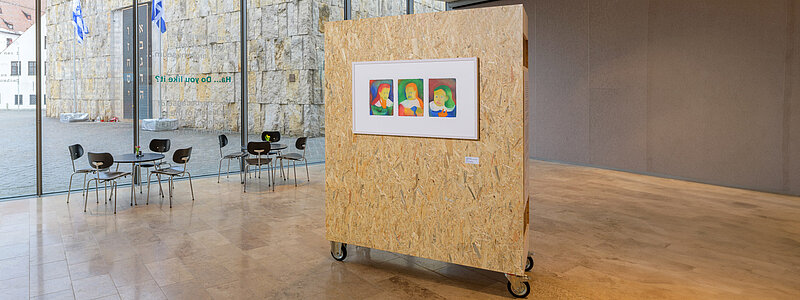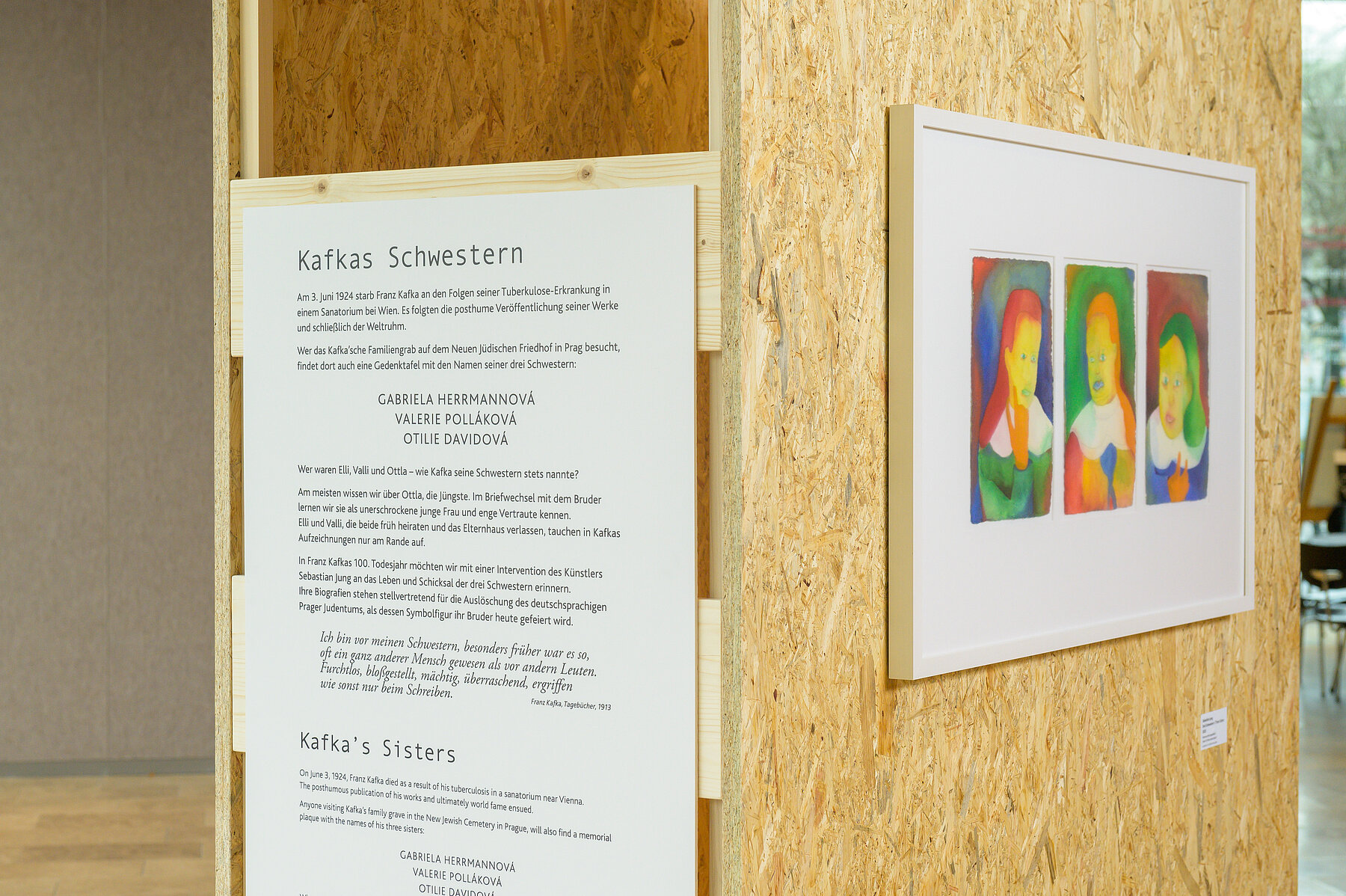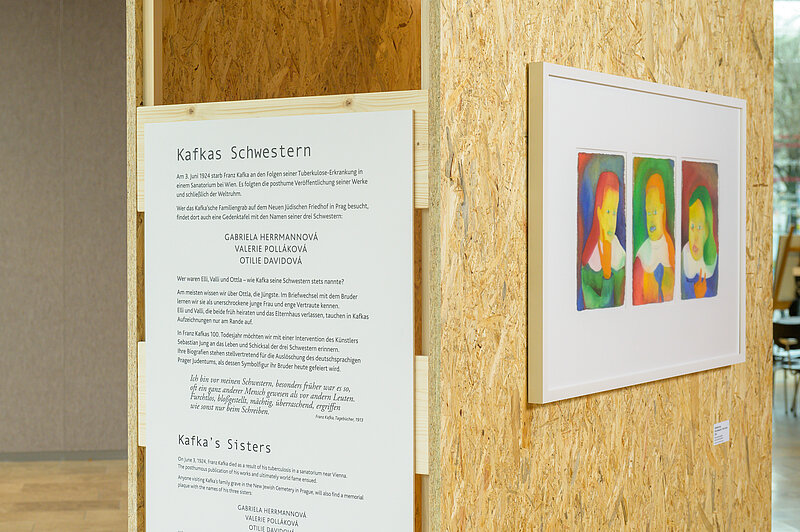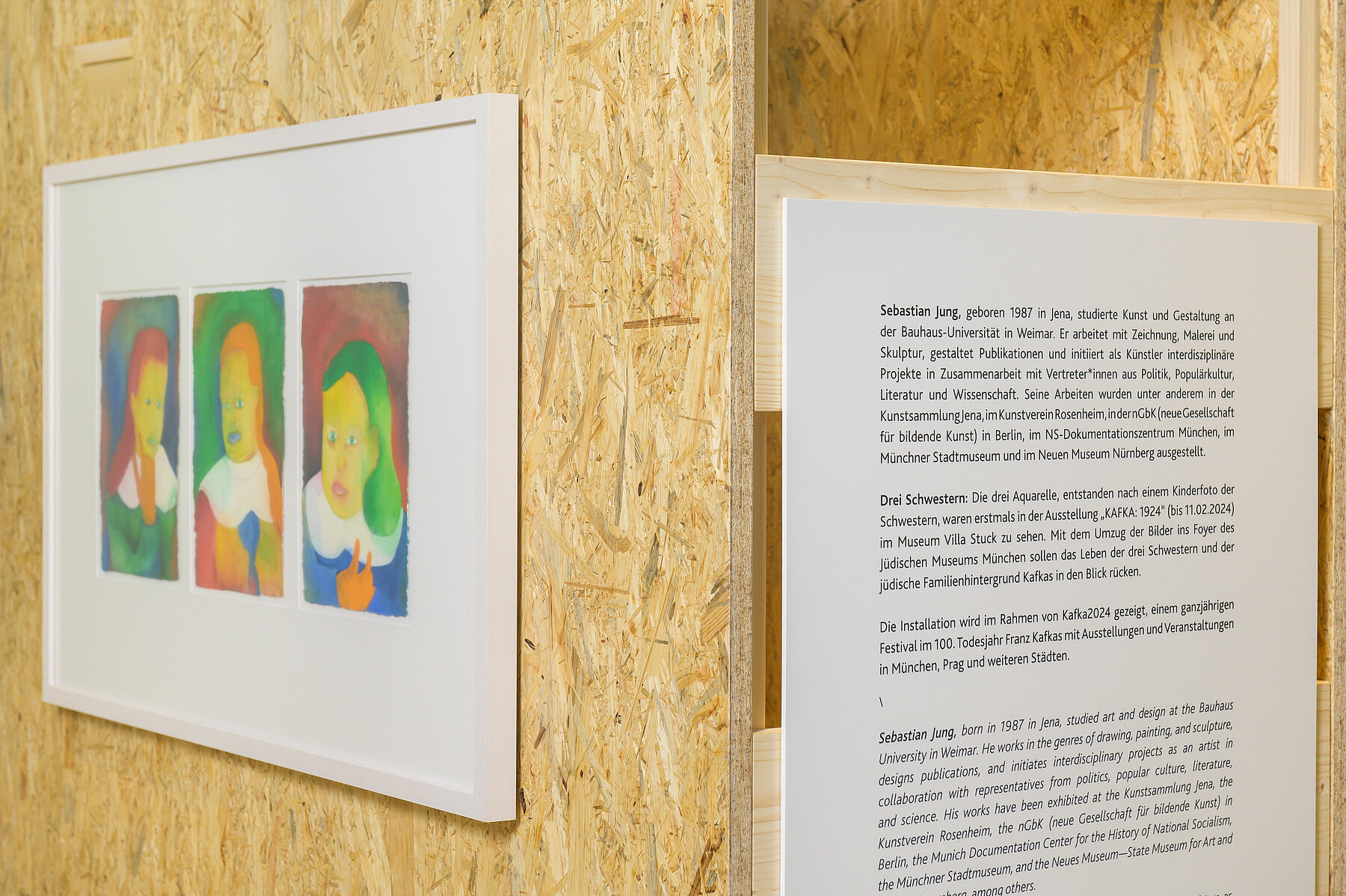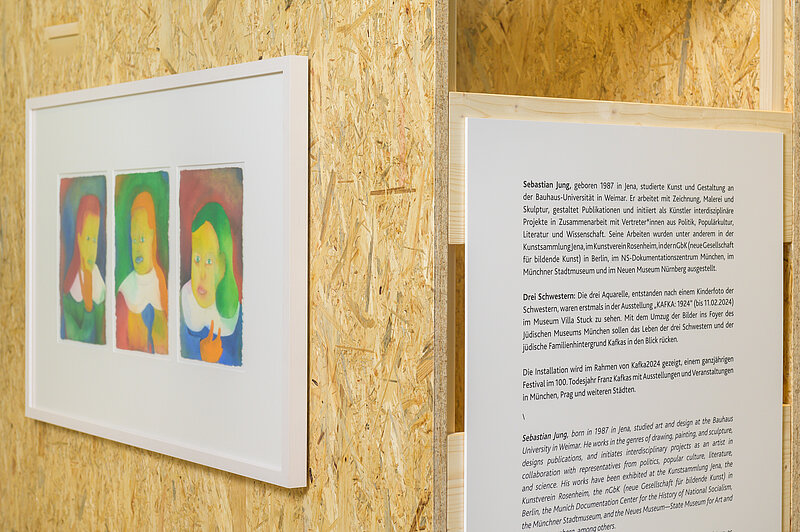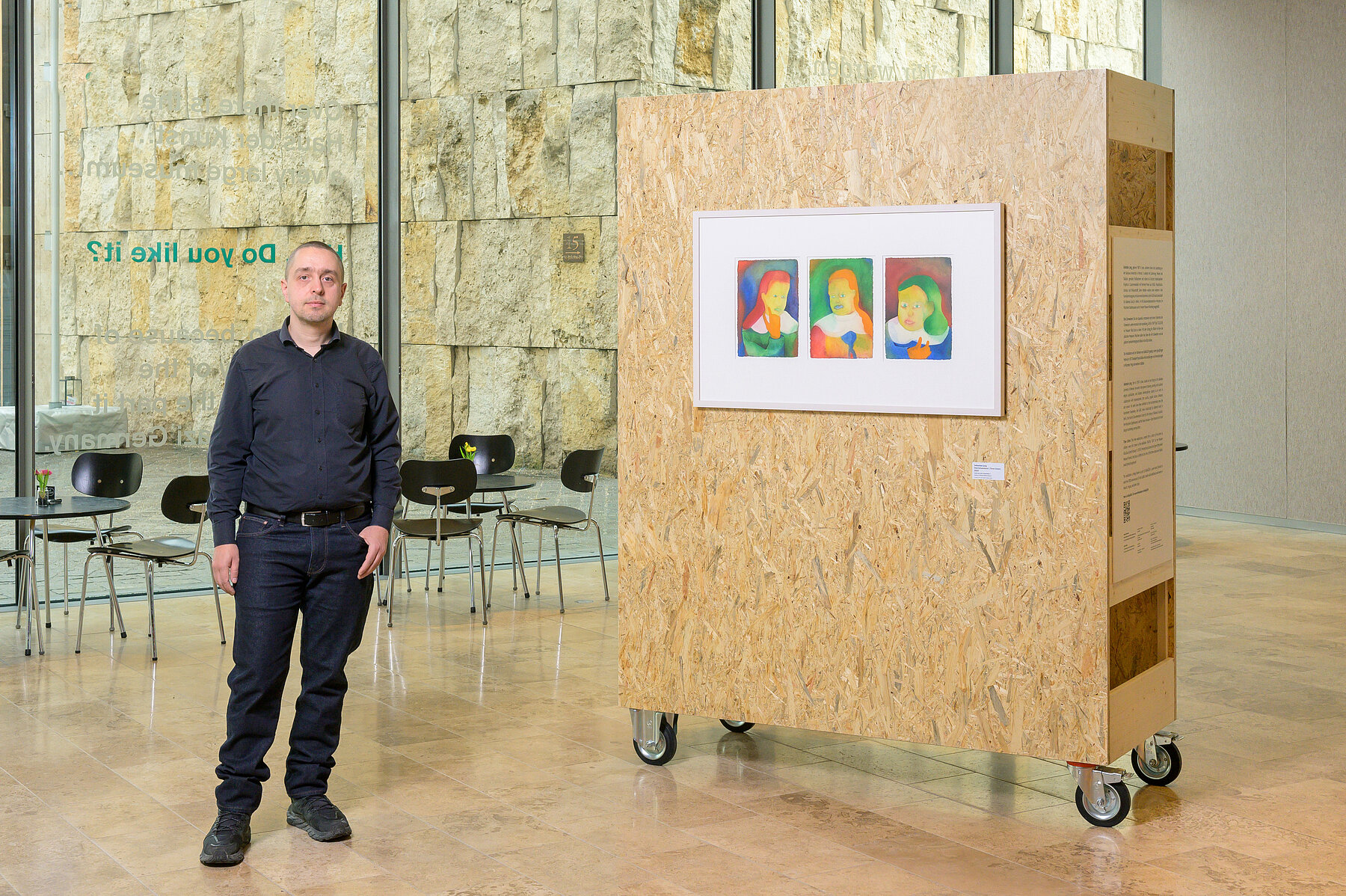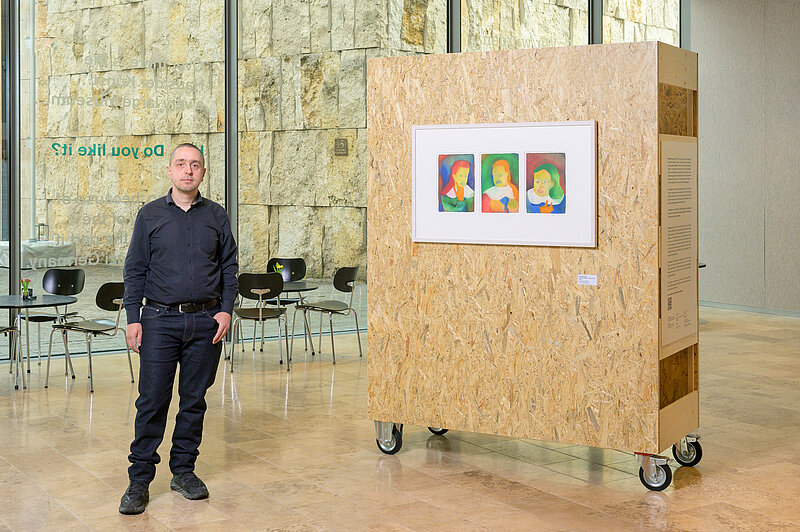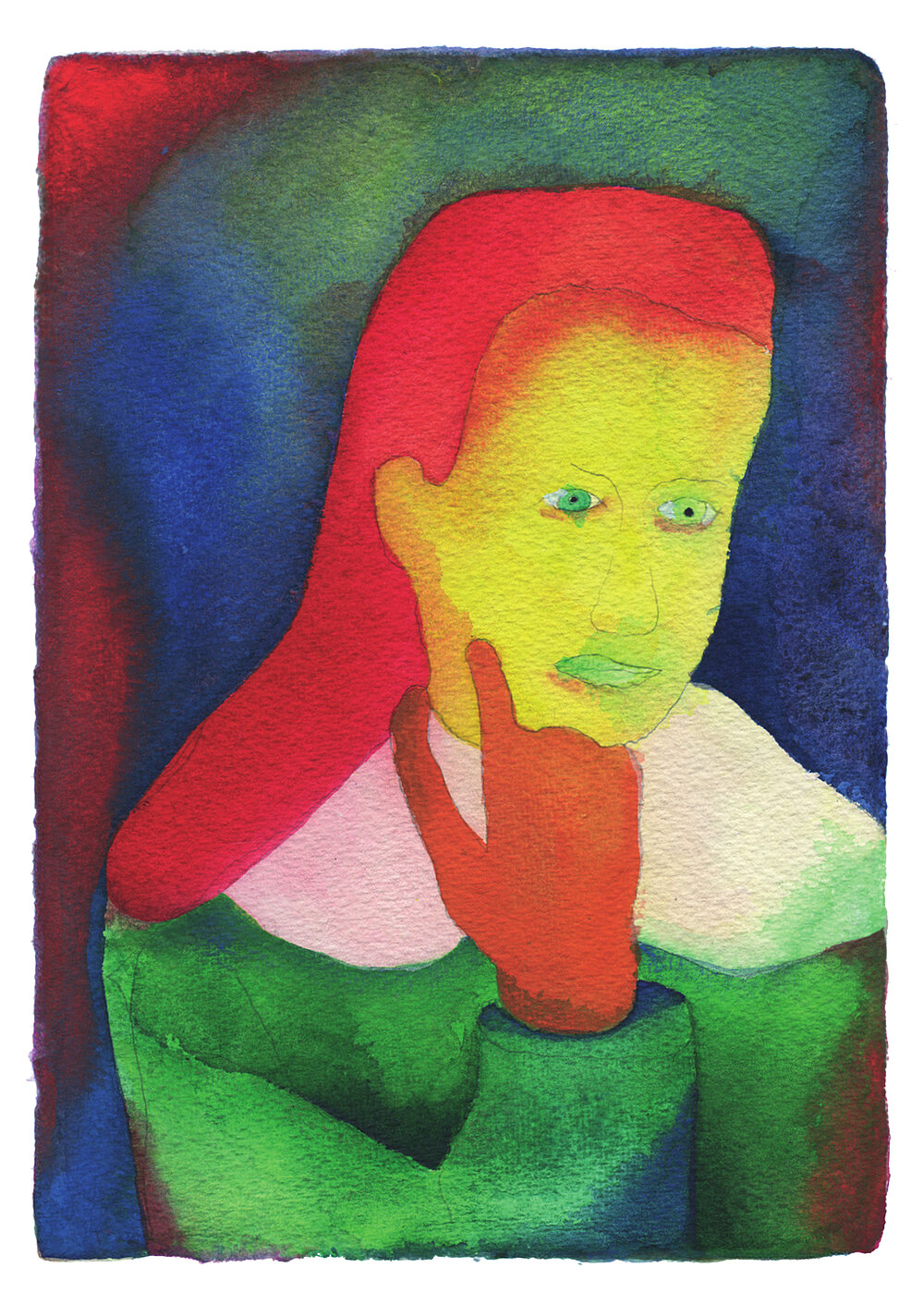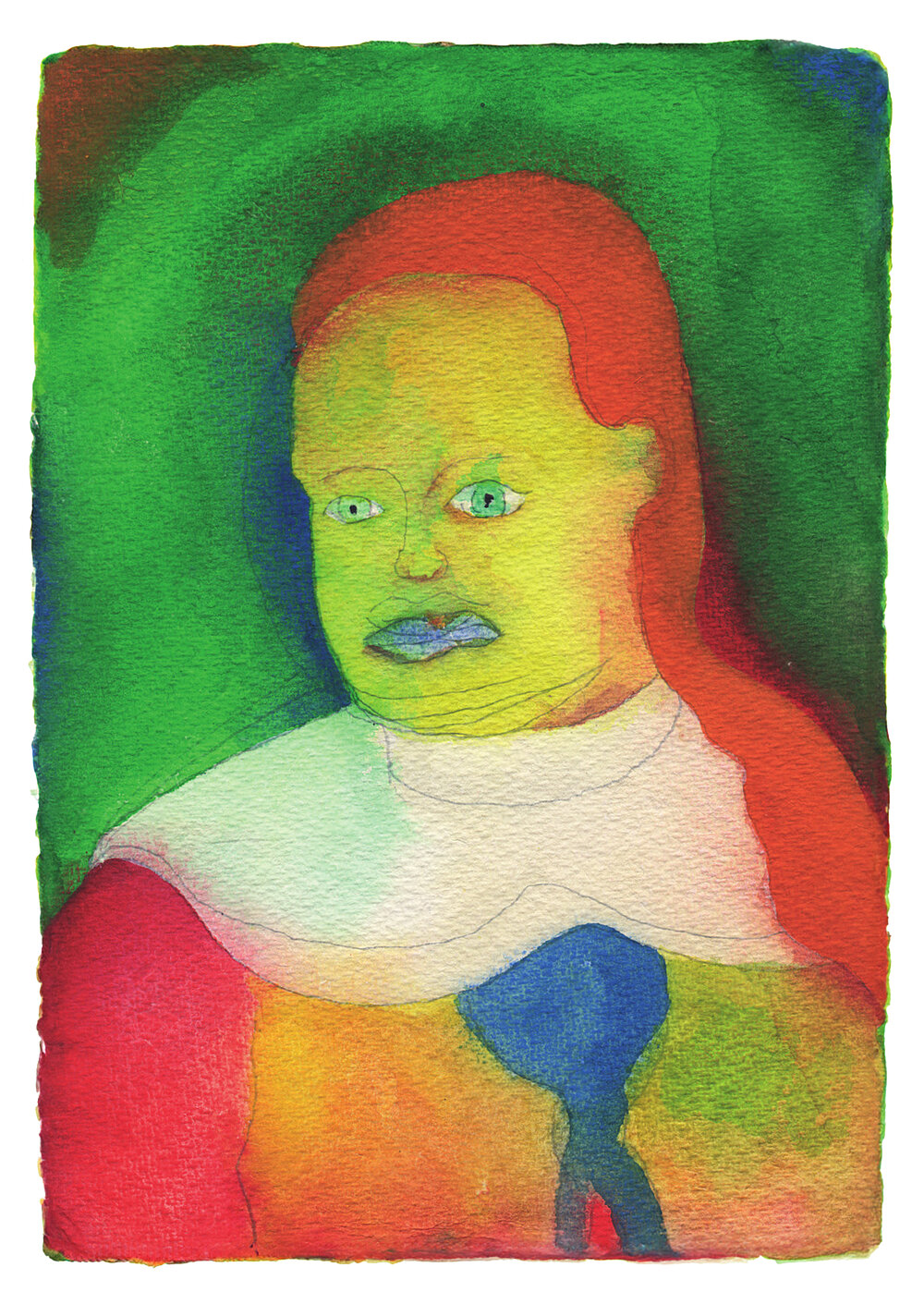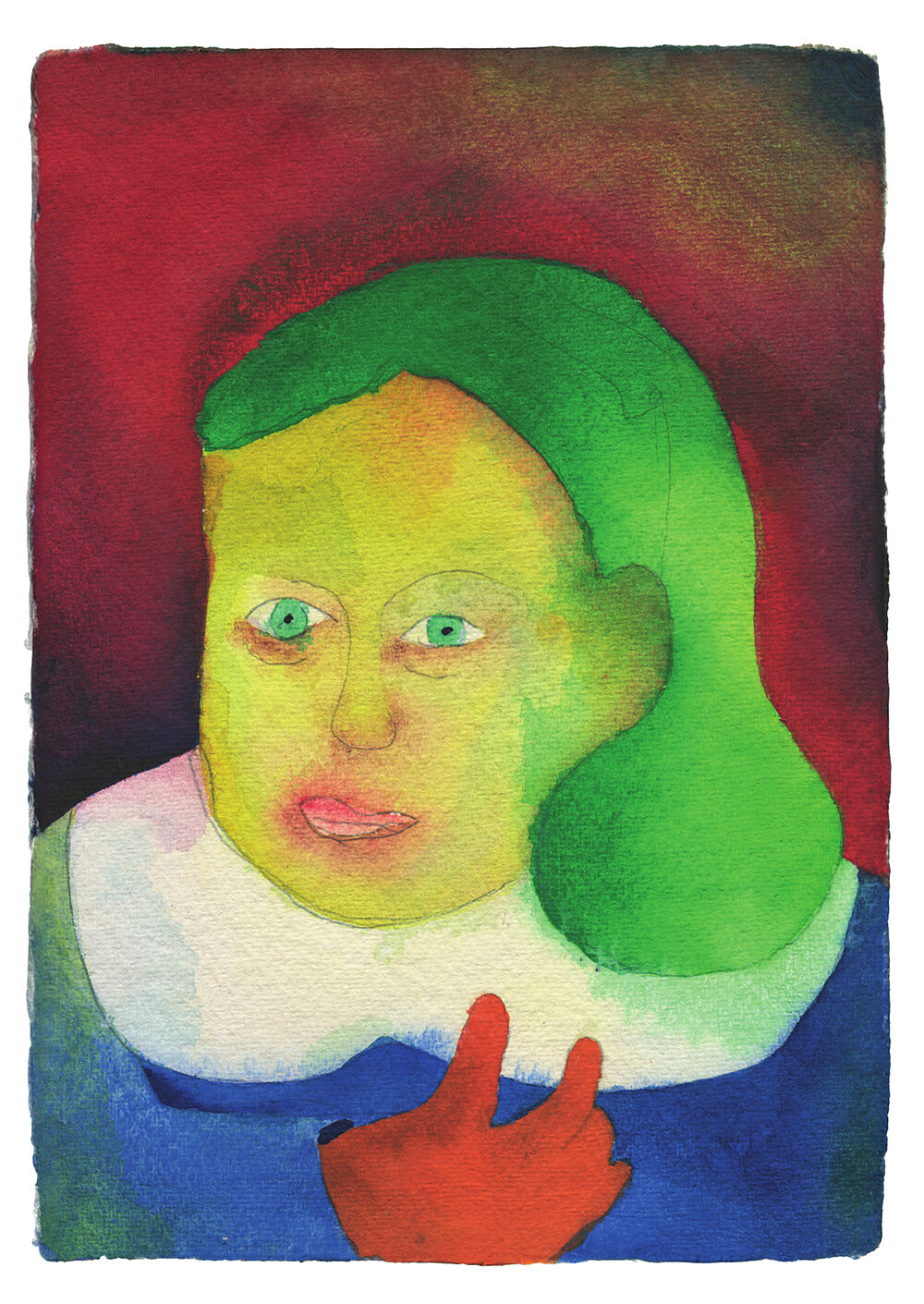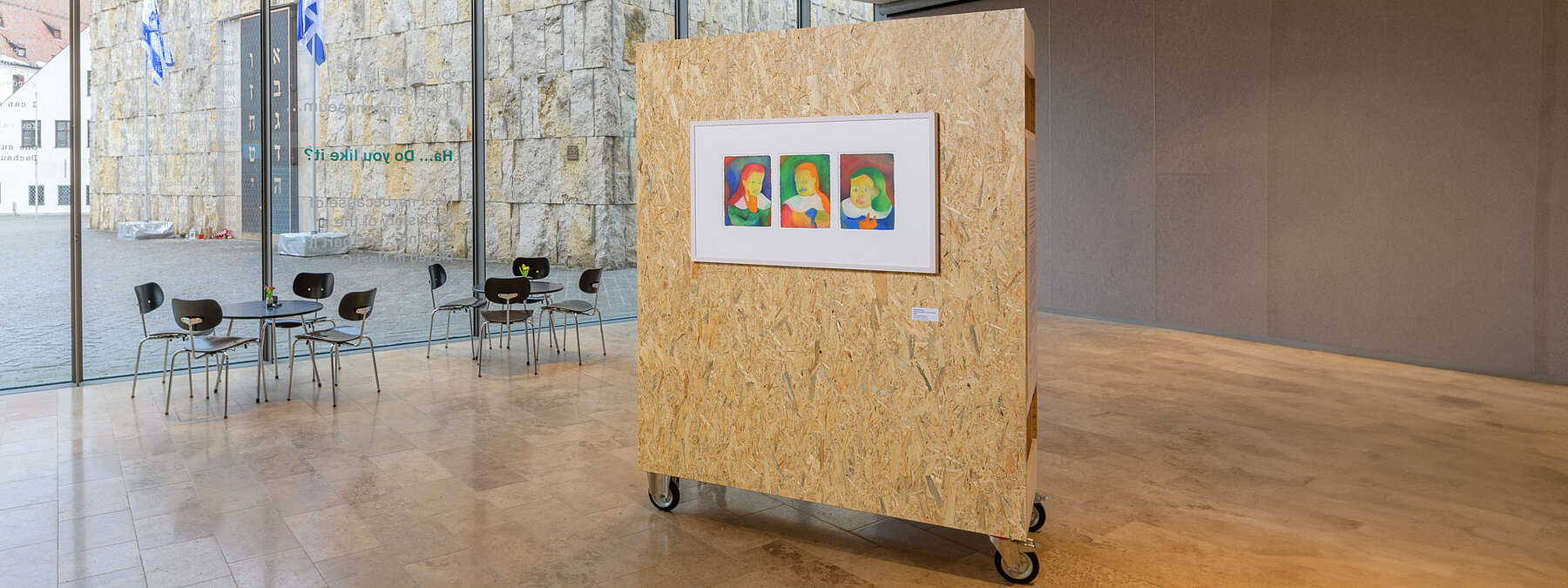

January 18 - September 29, 2024 | Installation in the foyer | Free admission
KAFKA'S SISTERS
An installation by the artist Sebastian Jung in the foyer of the Jewish Museum Munich as part of the festival KAFKA2024
On June 3, 1924, Franz Kafka died in a sanatorium near Vienna as a result of tuberculosis that he had suffered from for several years. He was buried on June 11 in the New Jewish Cemetery in Prague. The posthumous publication of his works and ultimately world fame ensued. While Franz Kafka’s life is recorded in countless biographies, his three sisters have remained largely in the shadows.
On the 100th anniversary of Franz Kafka’s…
January 18 - September 29, 2024 | Installation in the foyer | Free admission
KAFKA'S SISTERS
An installation by the artist Sebastian Jung in the foyer of the Jewish Museum Munich as part of the festival KAFKA2024
On June 3, 1924, Franz Kafka died in a sanatorium near Vienna as a result of tuberculosis that he had suffered from for several years. He was buried on June 11 in the New Jewish Cemetery in Prague. The posthumous publication of his works and ultimately world fame ensued. While Franz Kafka’s life is recorded in countless biographies, his three sisters have remained largely in the shadows.
On the 100th anniversary of Franz Kafka’s death, an installation by the artist Sebastian Jung at the Jewish Museum Munich commemorates the life and fate of the three sisters:
Gabriele Hermann (1889–1942)
Valerie Pollak (1890–1942)
Ottilie David (1892–1943)
Who were Elli, Valli, and Ottla—as Kafka always called his sisters? The most is known about Ottla, the youngest, who was a close confidant of her brother’s throughout his life. In their correspondence, she comes across as an intrepid young woman who hopes to become professionally independent, considers emigrating to Palestine and finally marries a Czech Catholic against her father’s will. Elli and Valli, who both married and left their parents’ house early, only appear in passing in Kafka’s writings.
In 1941, Elli and Valli and their families were deported to Łódź ghetto. In 1942, they were murdered in Chełmno (Kulmhof) extermination camp. In 1942, Ottla was deported to Theresienstadt where she worked in a children’s home. In 1943, she accompanied Polish-Jewish children deported to the extermination camp in Auschwitz-Birkenau where she was also murdered. The three biographies stand for the extermination of German-speaking Prague Jewry, for which their brother is celebrated today as its symbolic figure.
The watercolors, “Three Sisters”, which form the central point of the installation, were created from a photo of the sisters as children and were first shown in the exhibition “Kafka: 1924” at the Museum Villa Stuck in Munich (until February 11, 2024). Moving the pictures to the foyer of the Jewish Museum Munich, the focus is shifted to the lives of the three sisters and Kafka’s Jewish family background. The installation is being shown as part of “Kafka2024”—a year-round festival to mark the 100th anniversary of Franz Kafka’s death with exhibitions and events in Munich, Prague, and other cities.
The Artist:
Sebastian Jung, born in 1987 in Jena, studied art and design at the Bauhaus University in Weimar. He works in the genres of drawing, painting, and sculpture, designs publications, and initiates interdisciplinary projects as an artist in collaboration with representatives from politics, popular culture, literature, and science. His works have been exhibited in the Kunstsammlung Jena, the Kunstverein Rosenheim, the nGbK (neue Gesellschaft für bildende Kunst) in Berlin, the Munich Documentation Center for the History of National Socialism, the Münchner Stadtmuseum, and the Neues Museum – State Museum for Art and Design Nuremberg, among others.
Curator: Lara Theobalt
Duration of exhibition
January 18 - September 29, 2024
Where
Foyer
Curator
Lara Theobalt
Architecture
Haller & Haller, Vienna
What else is going on?
Find out more about our current events and regular guided tours
Teachers & Schools
Are you a teacher and would like to visit our museum with your class(es) or colleagues? Find out more about our individual packages for teachers and school classes.
An exhibition as part of the KAFKA 2024 festival
Duration of exhibition
January 18 - September 29, 2024
Where
Foyer
Curator
Lara Theobalt
Architecture
Haller & Haller, Vienna
Valerie (Valli)
Born: September 25, 1890, in Prague
Education: Attends Volksschule (elementary school), later a German-speaking private school for girls
Marriage: January 12, 1913, to the commercial clerk Josef Pollak (1882–1942)
Children: Marianne (1913–2000) and Lotte (1914–1931)
Deportation: October 31, 1941, together with her husband, to Łódź ghetto where she lived for a while with her sister Elli and Elli’s daughter;
September 10, 1942 deported to Chełmno (Kulmhof) extermination camp; exact date of death unknown
»My sisters were only of the same opinion as me in part. Valli was the happiest in her relationship to you. Closest to her mother, she is also similar in the way she obeyed you, without much effort or prejudice..«
Franz Kafka, Letter to his Father, 1919
Gabriele (Elli)
Born: September 22, 1889, in Prague
Education: Attends Volksschule (elementary school), later a German-speaking private school for girls
Marriage: November 27, 1910, to the businessman Karl Hermann (1883–1939)
Children: Felix (1911–1940), Gerti (1912–1972), and Hanna (1919–1942)
Deportation: October 21, 1941, to Łódź Ghetto together with her daughter Hanna, Hanna’s husband and his parents; Elli’s daughter Gerti and her husband managed to flee in time to India; her son Felix died in an internment camp in France; September 10, 1942, deported to Chełmno (Kulmhof) extermination camp; exact date of death unknown
»She was such an awkward, tired, timid, querelous, conscience-striken, excessively meek, spiteful, lazy, ever-nibbling, mean child, I could hardly look at her, could not even speak to her, she reminded me so much of myself [...]. But all that changed when, at a young age, and that is the most important, she left home, married, had children, became cheerful, carefree, courageous, generous, unselfish, hopeful..«
Franz Kafka, Letter to his Father, 1919
Ottilie (Ottla)
Born: October 29, 1892, in Prague
Education: Attends school as her two older sisters before working in her parents’ fashion accessories store;
1917 applies to an agricultural school for women but goes instead to Zürau (now Siřem), where she runs her brother-in-law Karl Hermann’s estate after he is drafted into military service;
1918/19 attends the Winter Agricultural School in Frýdlant;
1920 applies for an agricultural preparatory course for Palestine in Opladen near Cologne
Marriage: July 15, 1920, to the lawyer Josef David (1893–1962);
1940, Ottla separates from her husband to protect him and their daughters from Nazi persecution; loses the protection of a “privileged mixed marriage”
Children: Věra (1921–2015) and Helene (1923–2005)
Deportation: August 3, 1942, to Theresienstadt Ghetto, where she works in a childrens’ home; October 5, 1943: Ottla accompanies Polish-Jewish children to Auschwitz-Birkenau extermination camp, where she is murdered on October 7, 1943
»It is quite wrong to spend one’s life in the city, at the store. I am not making any plans at the moment but one cannot help having wishes. It wouldn’t take me a moment to decide to spend my whole life here or elsewhere in the country and never to see the city again ...«
Ottla to Josef David, August 20, 1916

